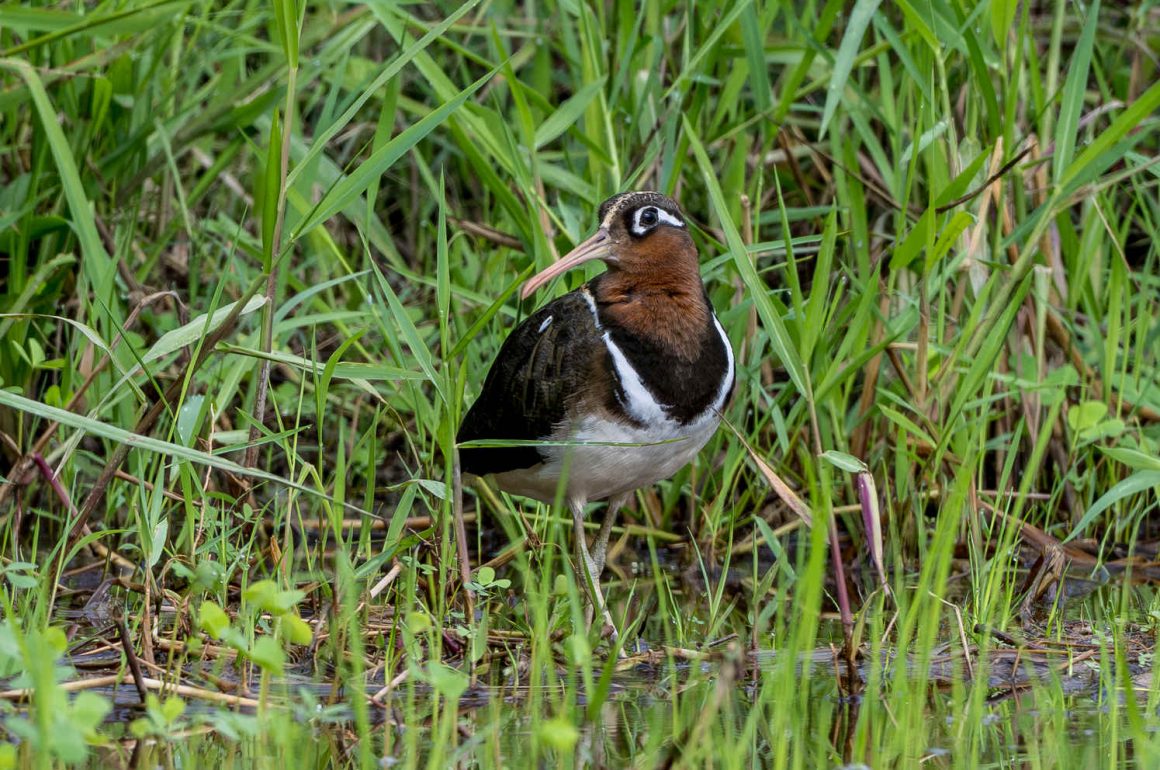
Most birders will probably visit Kaeng Krachan for the national park and the bird hides outside of the park. This is mostly a forested area with the corresponding bird species. However, within half an hour to one hour by car, large, mostly open paddyfields can be reached and birded. This allows seeing a different range of species and is also a pleasant contrast felt by only moderately competent birders like me when birding in tropical rainforest. In these open fields, birds are fairly easy to spot, not too shy, and there is enough light to get decent photos.
So, which species are you likely to see, based on my experience from two mornings in July 2025? As expected, there are herons such as the Purple Heron …
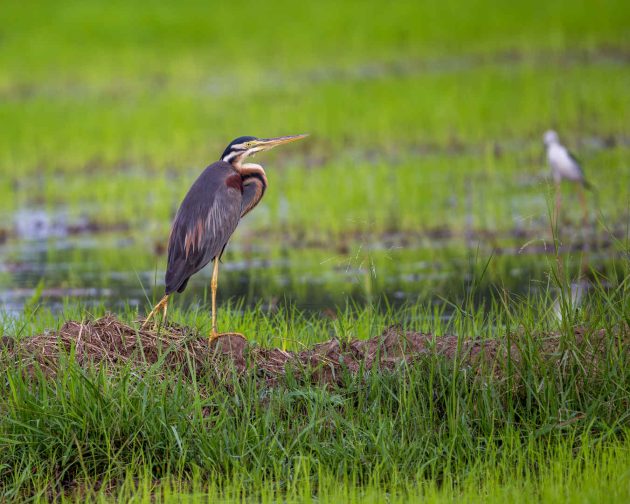
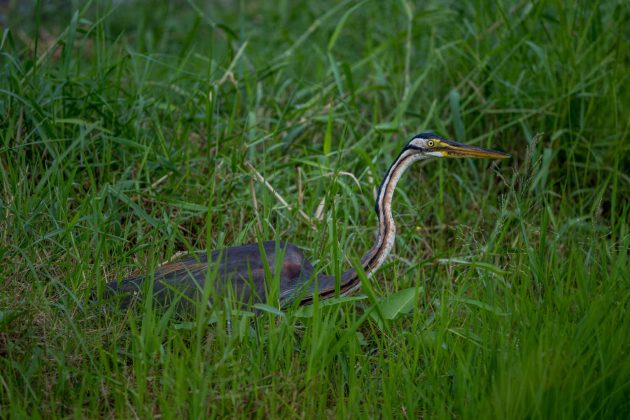
… and the Javan Pond Heron (in nice breeding plumage at this time of the year, though rather plain at other times). They – along with Cattle Egrets – can be seen in large numbers whenever some rice paddies are being plowed.


They are joined by the local stork, the Asian Openbill. Still a species that never fails to shock orthodontists.
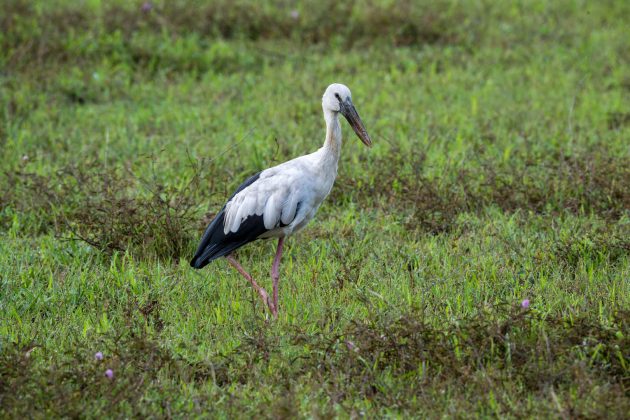
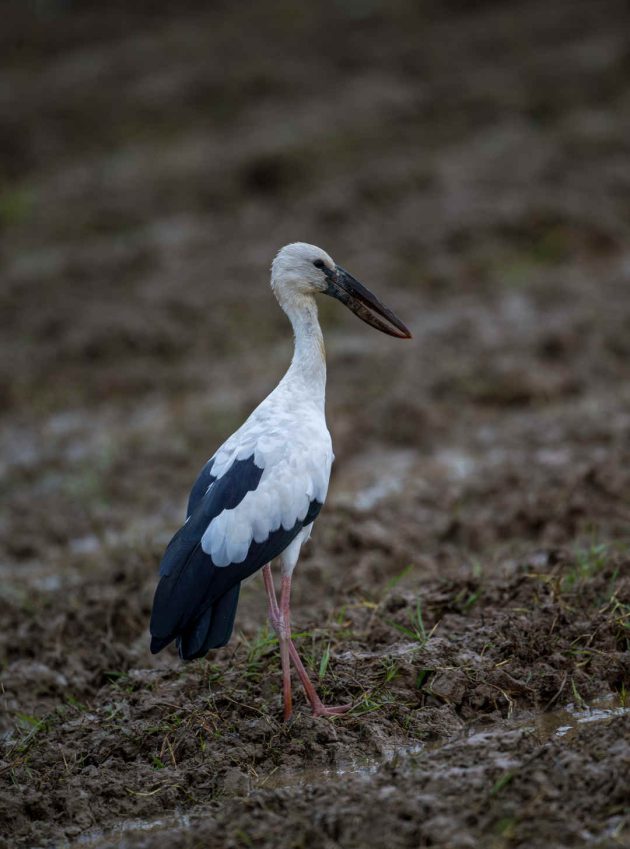
And the occasional but rarer Painted Storks.
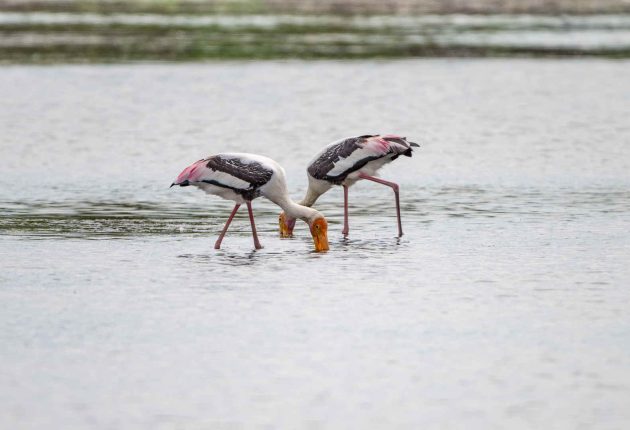
Black-winged Stilts are another species stilting (?) around the rice paddies …
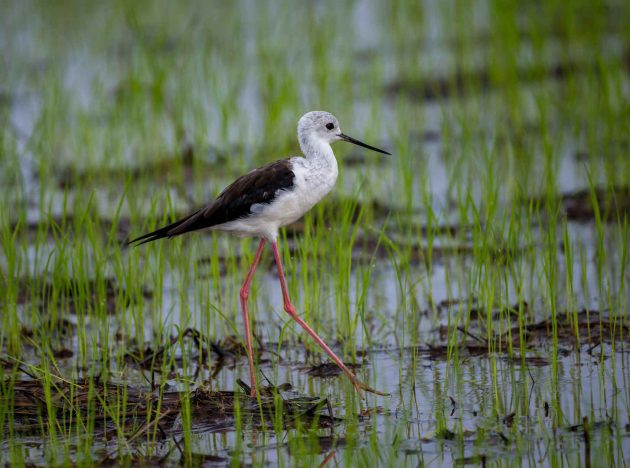
… and breeding there as well. Could have stayed in Shanghai to see them though.
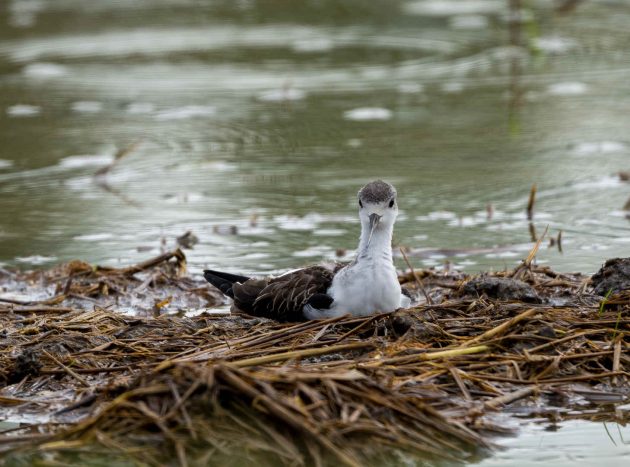
And of course, Red-wattled Lapwings, the wetland wannabees with a penchant for noise.
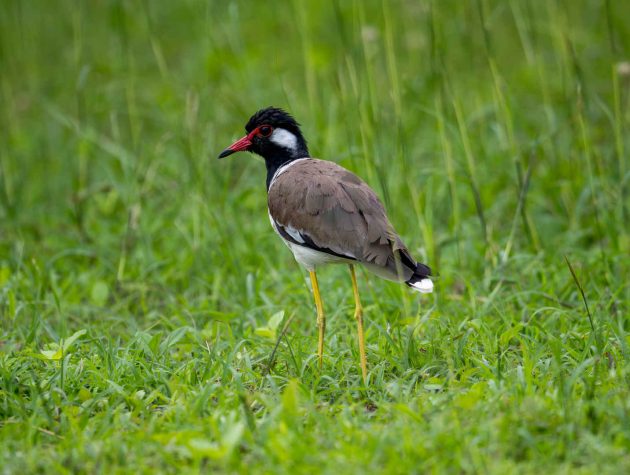
Great Mynas seem to be quite pissed off having to look for food in the mud …
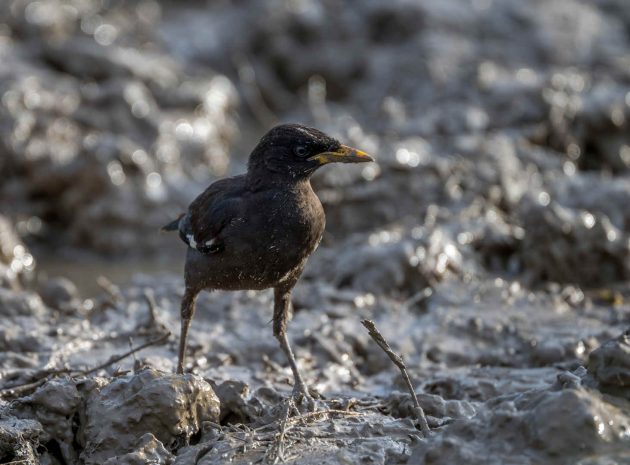
… but it is easier to find there than in drier places.
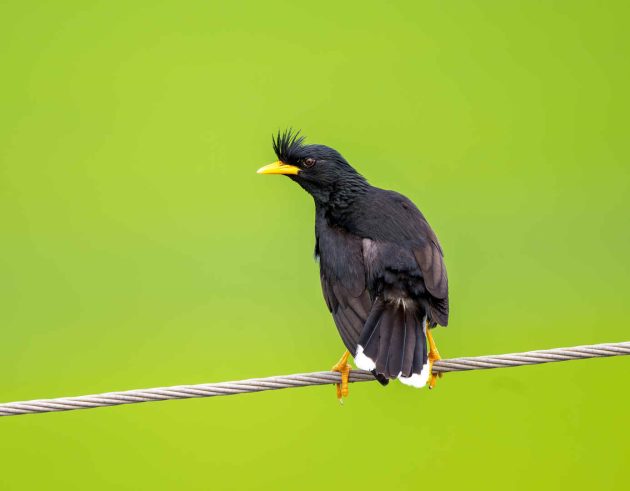
Watercocks look a bit like bit actors in sequels to Jaws, with their combs only occasionally peeking out of the rice paddies.
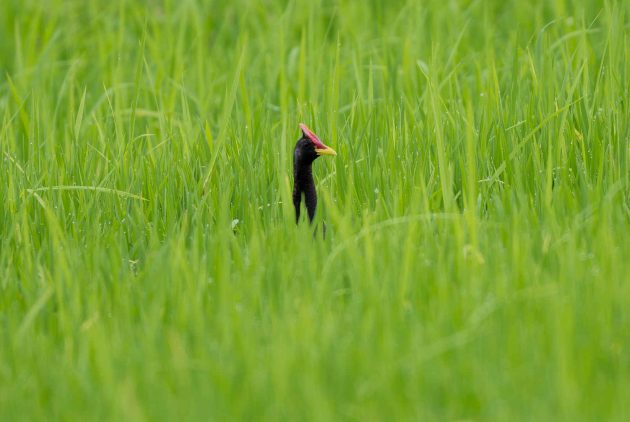
Lesser Whistling Ducks are even more invisible when not moving between locations.
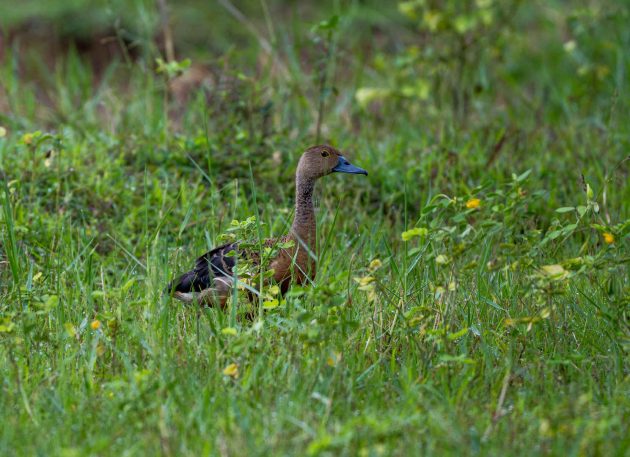
I finally got around to trying to understand their name – ChatGPT claims that the “whistling” in their name refers to the high-pitched whistling calls these birds make instead of the quacking sounds typical of many ducks.
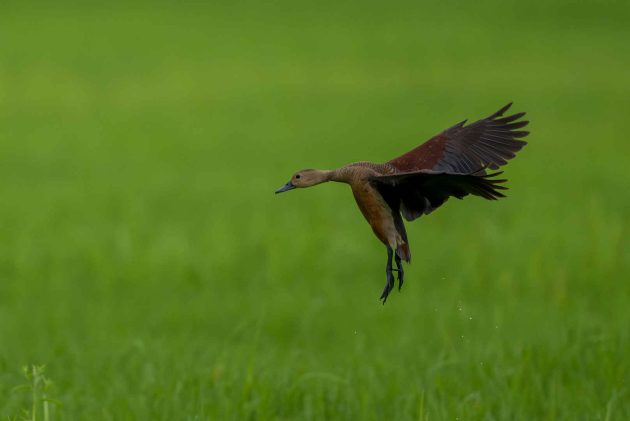
Bronze-winged Jacanas are a bit easier to see – hard to hide if you have a tiny flotilla of chicks walking with you.

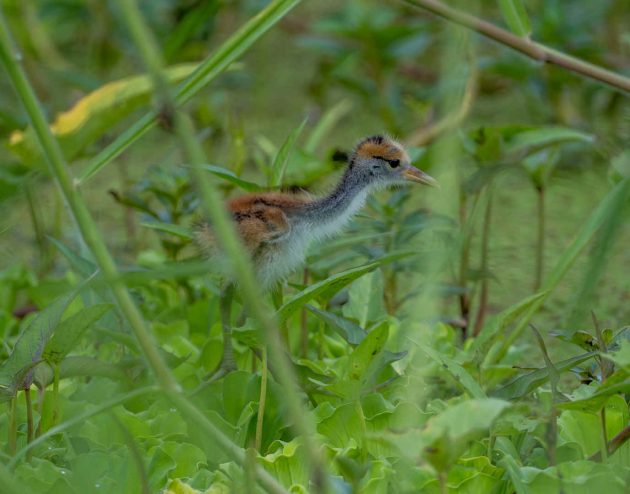
Scientific papers on the species read like ChatGPT had been asked to turn text on a pornographic website into science talk: “Sperm competition was intense in polyandrous bronze-winged jacanas because females usually copulated with all their mates before laying a clutch for one of them.”
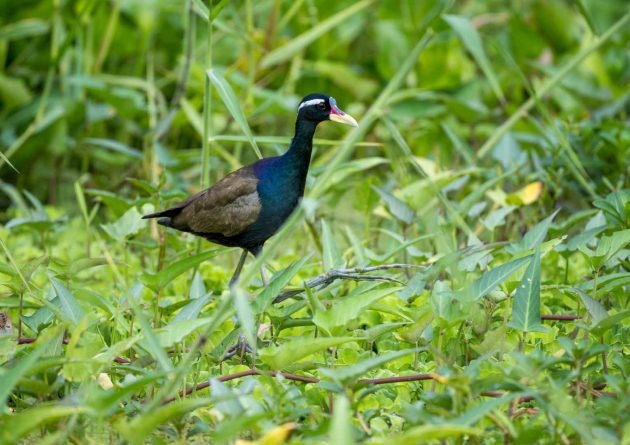
The best birds I saw in these paddies were Greater Painted-snipes, which follow the jacanas in their use of a sex-role reversal.
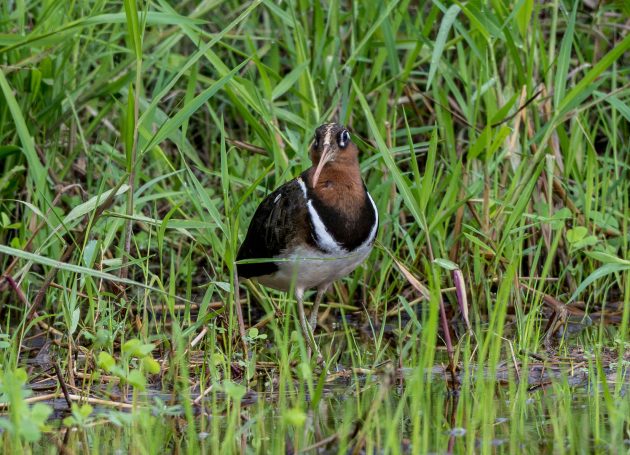
The female looks more striking …
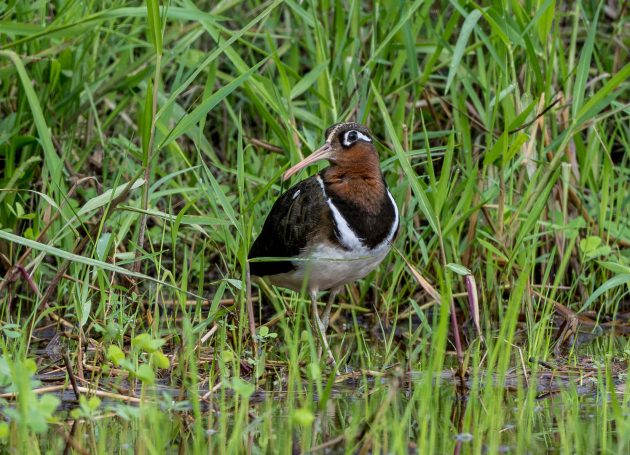
… than the male (uncommon in birds but the norm in humans, says this straight male blog writer).
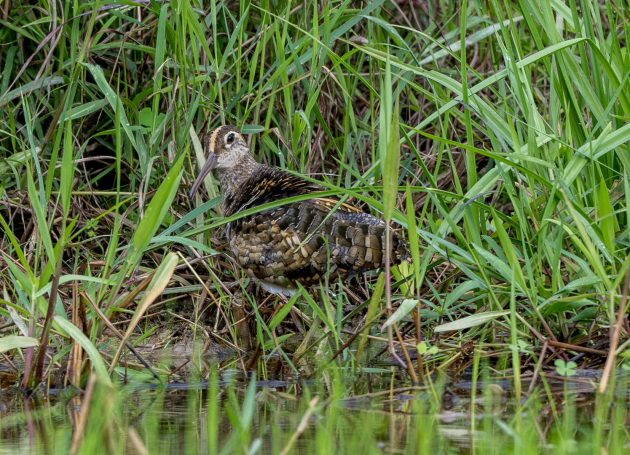
Not every bird likes to walk around in the muddy paddies – others prefer the wires next to them, keeping their feet dry. Such as Ashy Woodswallows.
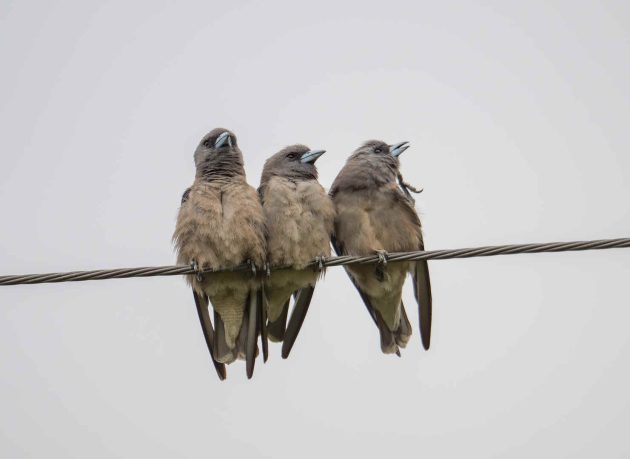
I am not sure how to describe their color, and the HBW seems similarly uncertain, using a number of “-ish” adjectives: “greyish-maroon mantle”, “pinkish-grey underparts”, “greyish-white horseshoe-shaped band”.
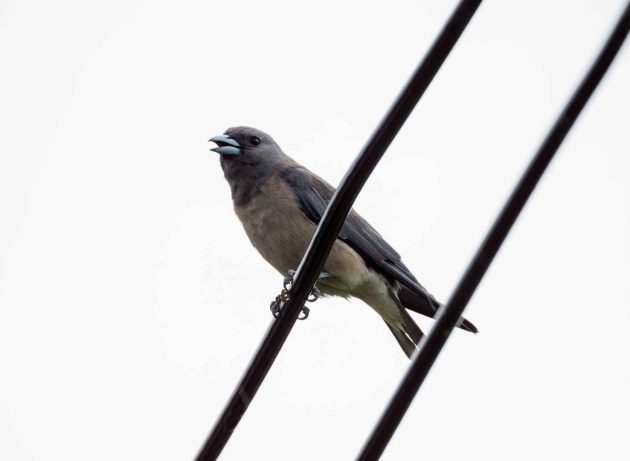
The scientific literature on the species is surprisingly sparse, though it is mentioned in a paper on quill mites of the genus Syringophiloidus and another one on Trematodes of domestic and wild birds in the Democratic Republic of Viet Nam. This makes the woodswallow sound more like a carrier of diseases than a proper bird.
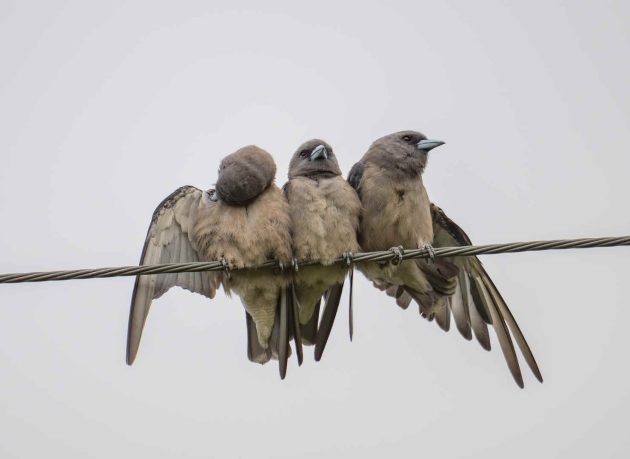
Other wire-sitting species have much more distinct colors: the Siamese Pied Myna with its flowery scientific name (bad joke – Gracupica floweri is derived from a Maj. Flower) …
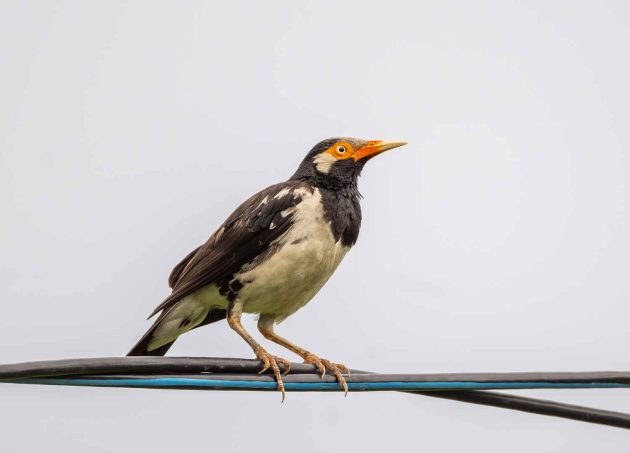
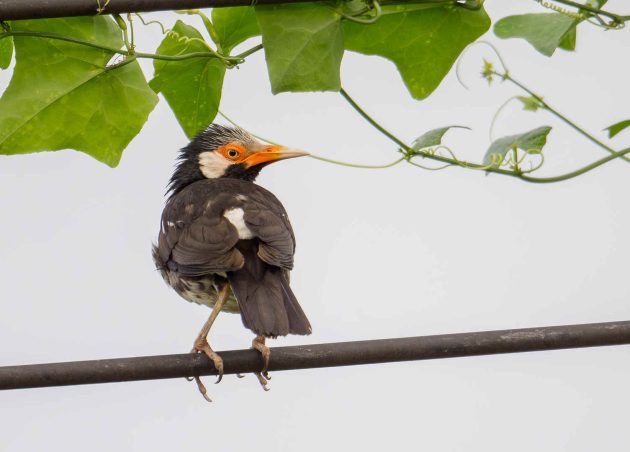
… White-throated Kingfisher …
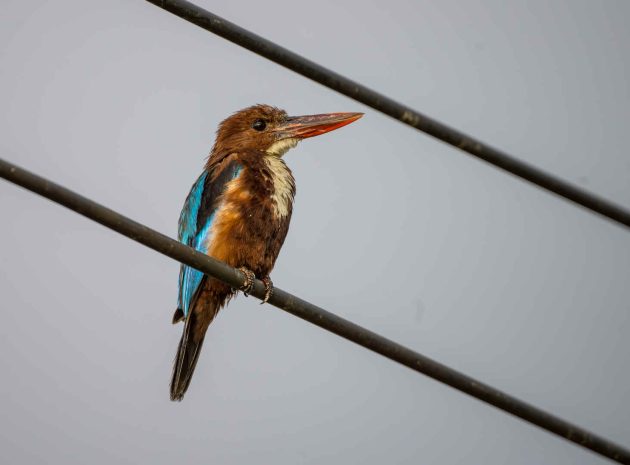
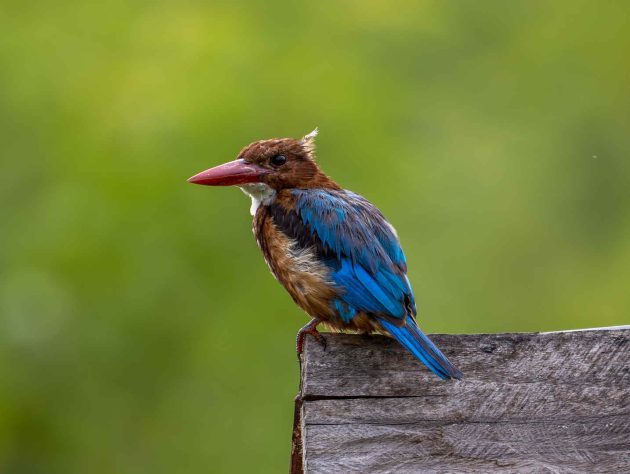
… and the rather unplain Plain-backed Sparrow.

Though the eBird description of the species seems to imply it has been washed for too long, or at too high a temperature (I know this from some of my T-shirts): “Male resembles a faded blend between House and Russet Sparrows”.
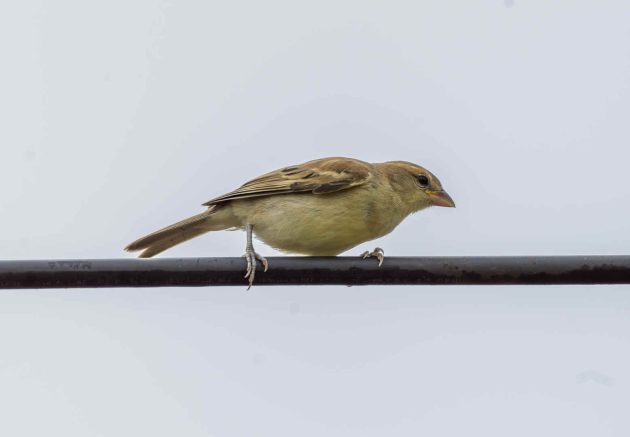
The wires also host the occasional Asian Koel – possibly looking for myna nests to parasitize …

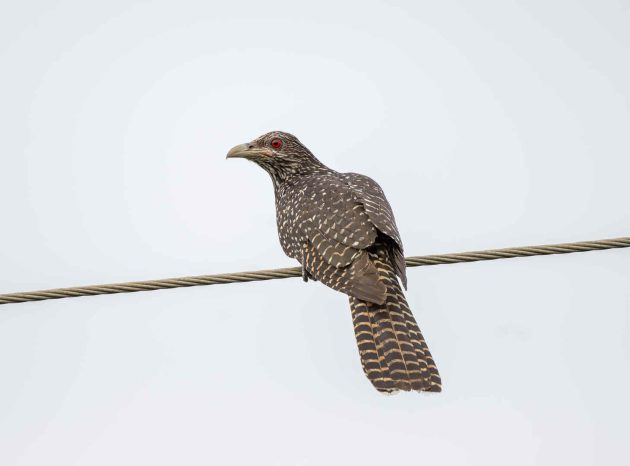
… Sooty-headed Bulbuls, apparently the most inclined of the local bulbul species to expose themselves in this way …
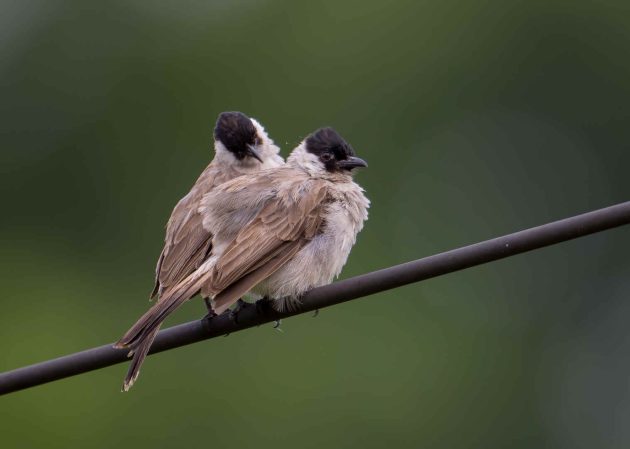
… and the fairly ubiquitous Zebra Doves (which I still think look kind of appealing).
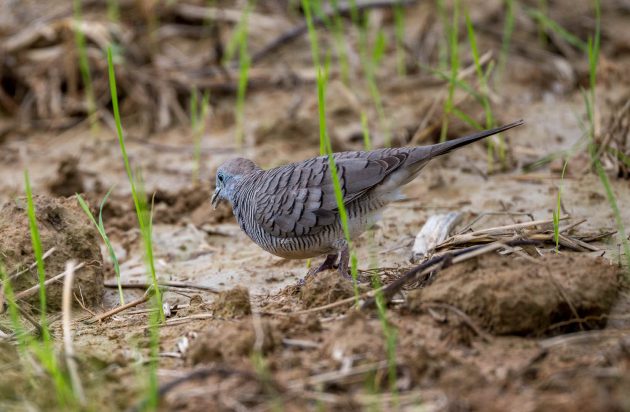
Above the paddies, I saw a different story unfolding – a Brahminy Kite being mobbed by a pair of crows.

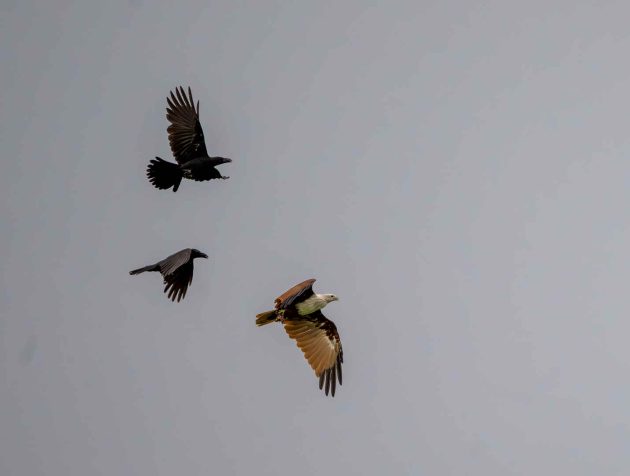
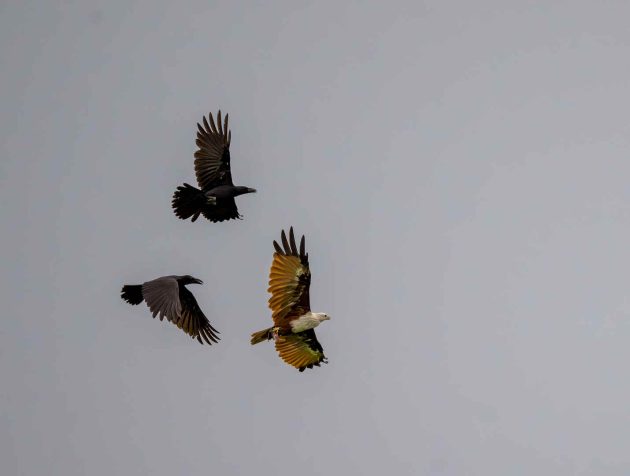
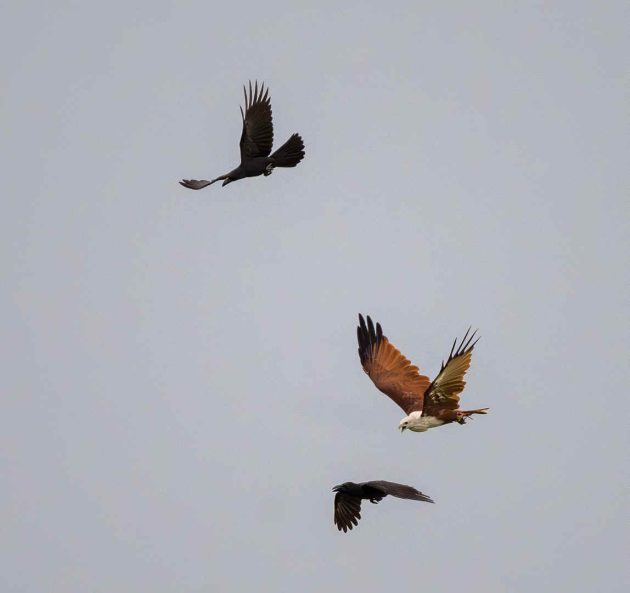
Apparently, hedges and trees next to the paddies also serve as residential communities for 3 species of weavers, though I only saw two of them, one being the Streaked Weaver, about which I have written before in a post that strangely was not nominated for an Oscar.
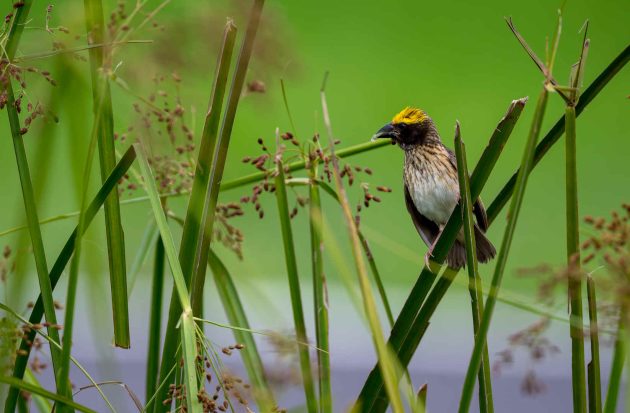
One of the younger male Streaked Weavers complained to me that nest building would be much quicker if it weren’t for the stringent building code that needs to be observed …
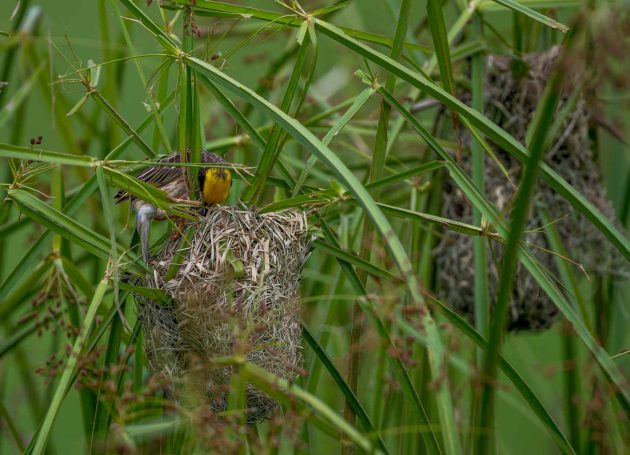
… which he suspects is more a sign of NIMBYism promoted by the established males …
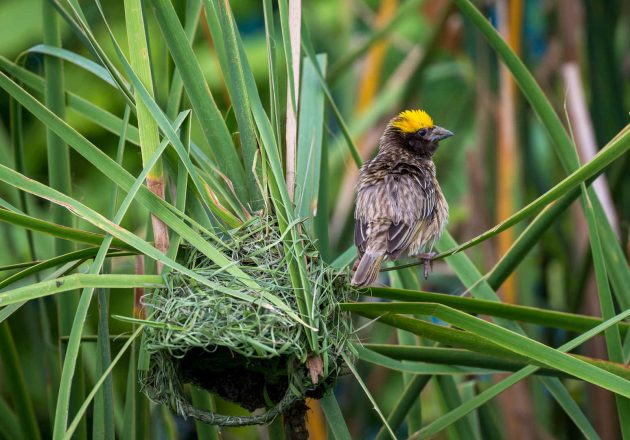
… than having a real impact on nest safety.
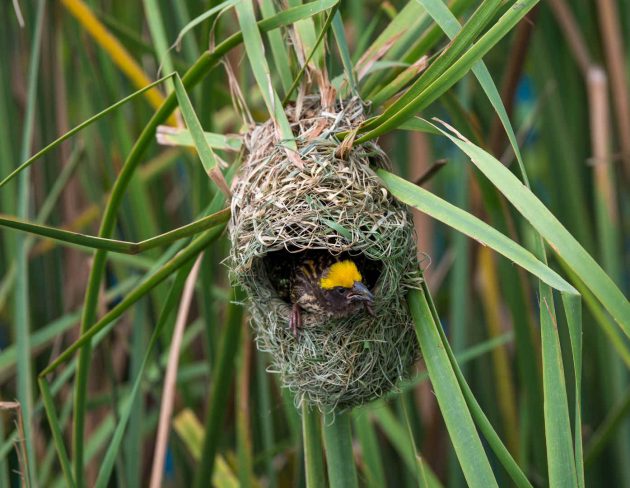
The other species was the Asian Golden Weaver, a bird that presumably is much less fond of streaks.

In some locations, I just saw nests, not the corresponding birds. So I asked ChatGPT:
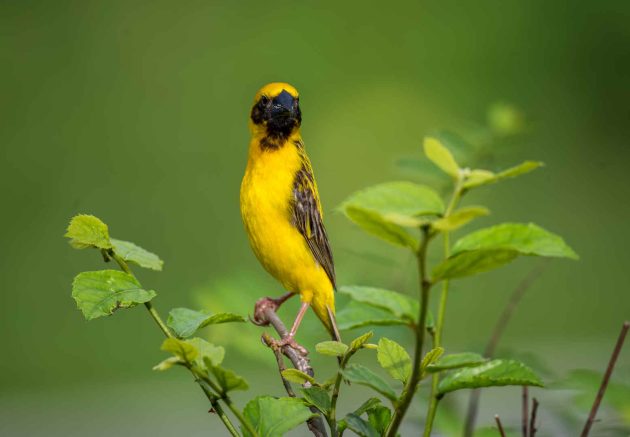
“In Thailand, I saw the nests of Asian Golden Weaver and Streaked Weaver at the same location. Is there a way to tell the species apart just from the design of the nests?”
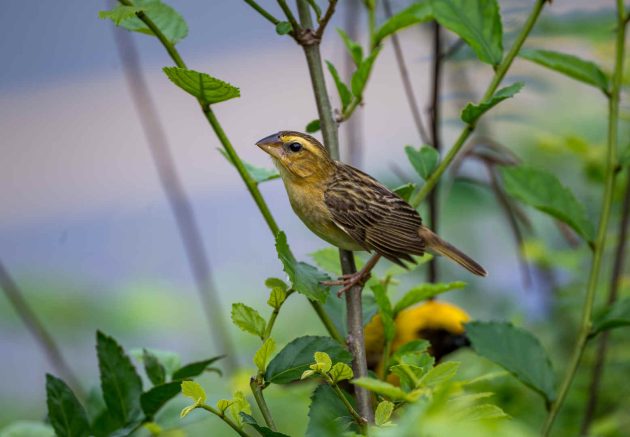
Sometimes, what ChatGPT replies is just annoying: “If you can observe the male weaving or maintaining the nest, the plumage is a dead giveaway. The Asian Golden Weaver male is bright golden-yellow with a black face; the Streaked Weaver male is less bright, brownish with a streaked crown and breast.”
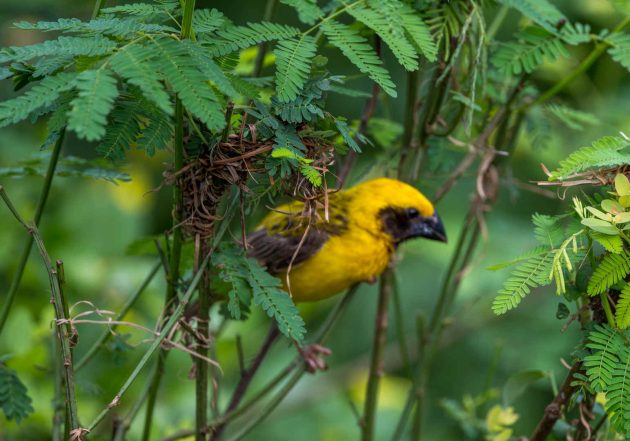
Who would have thought?
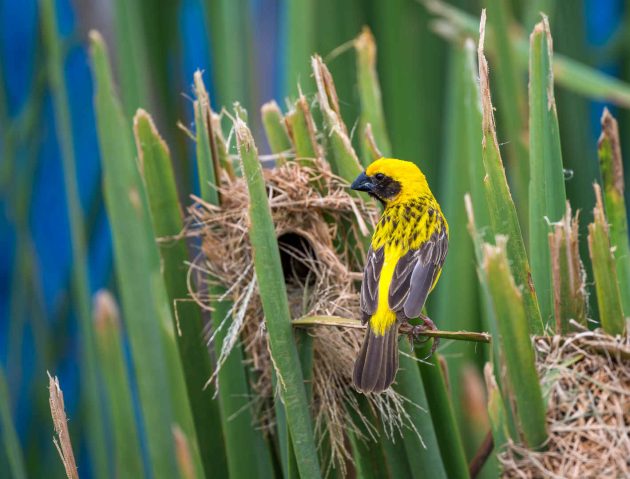
But ChatGPT also provided a nice comparison of nest characteristics, which I will just post here. If ChatGPT hallucinates and, in reality, one of the two nests is pink and rectangular, don’t blame me.
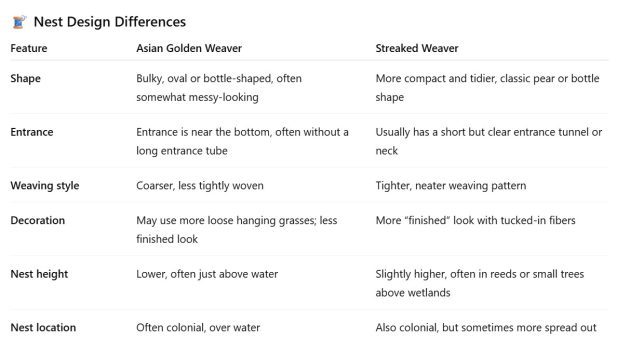
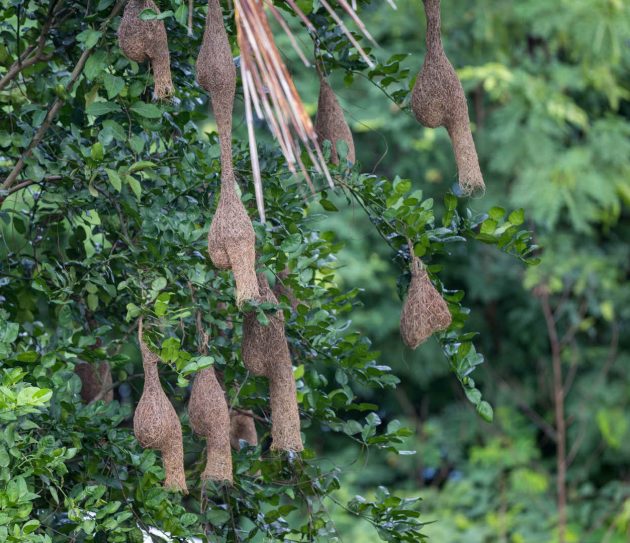
Phallic symbols, anyone? Where is media censorship when you need it …
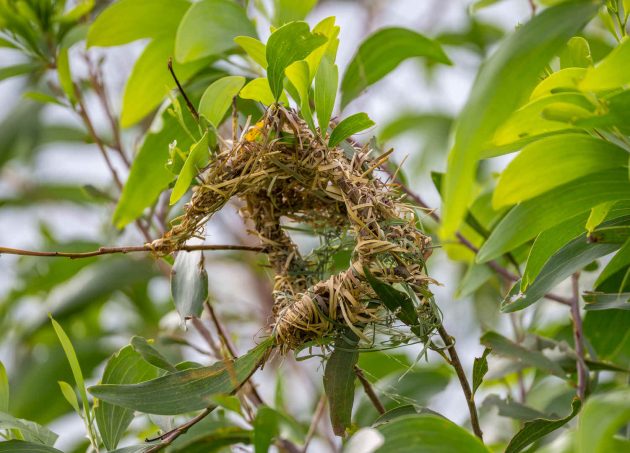
It is still early days …
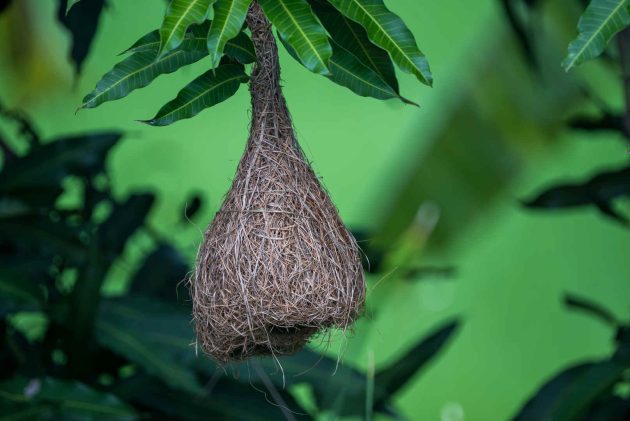
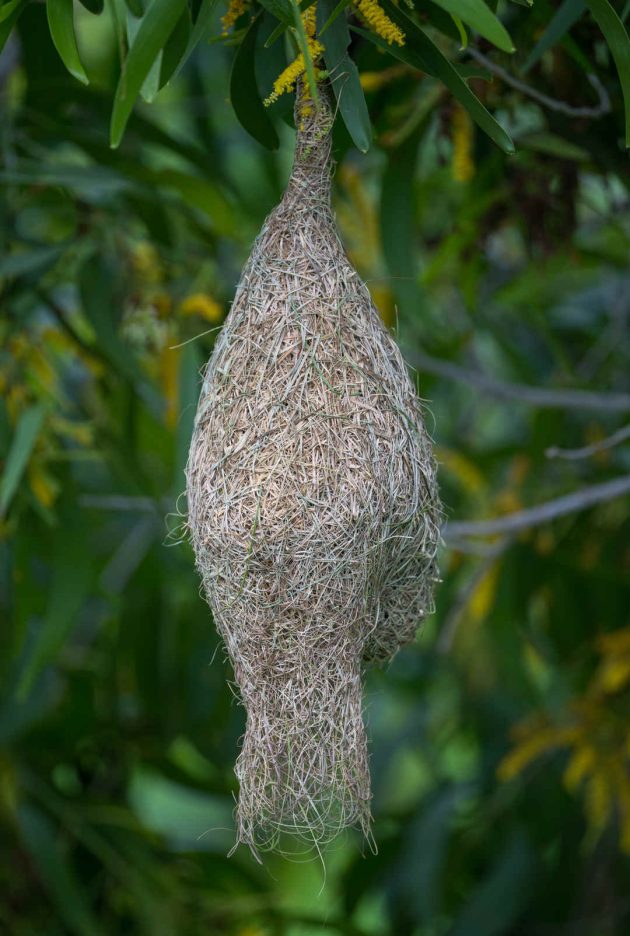
Postscript: When I presented this table to some Asian Golden Weavers, they told me of ChatGPT having a long history of bias against their species. As proof, they pointed out phrases like “messy-looking”, “coarse” in contrast to phrases such as “neater”, “tidier”, “more finished look” for the Streaked Weaver. They also mention (unproven) allegations of ChatGPT having received bribes by the Streaked Weaver. Me, I am just a blog post writer, I don’t take sides …







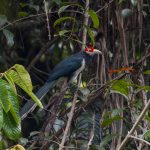
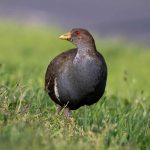
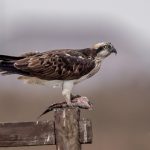
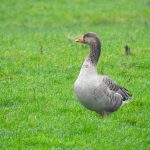

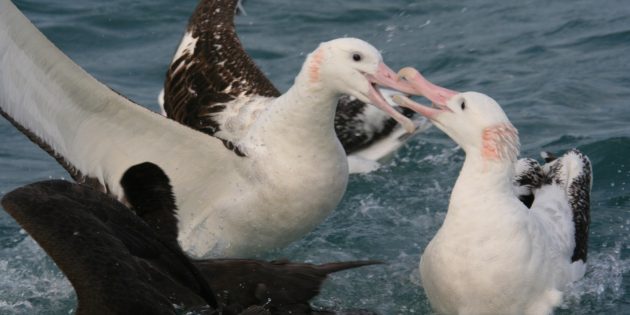
It seems that ChatGPT is anxiously trying to be politically correct. As in “zebras have erect manes whereas the common horse has not”.
EXCELLENT.
Action packed post. The photos are all great. The nests are really spectacular – the cluster of hanging nests remind Me of the oropendolas’s communal nests. I, too, am on the lookout for ChatGPT syle writing.